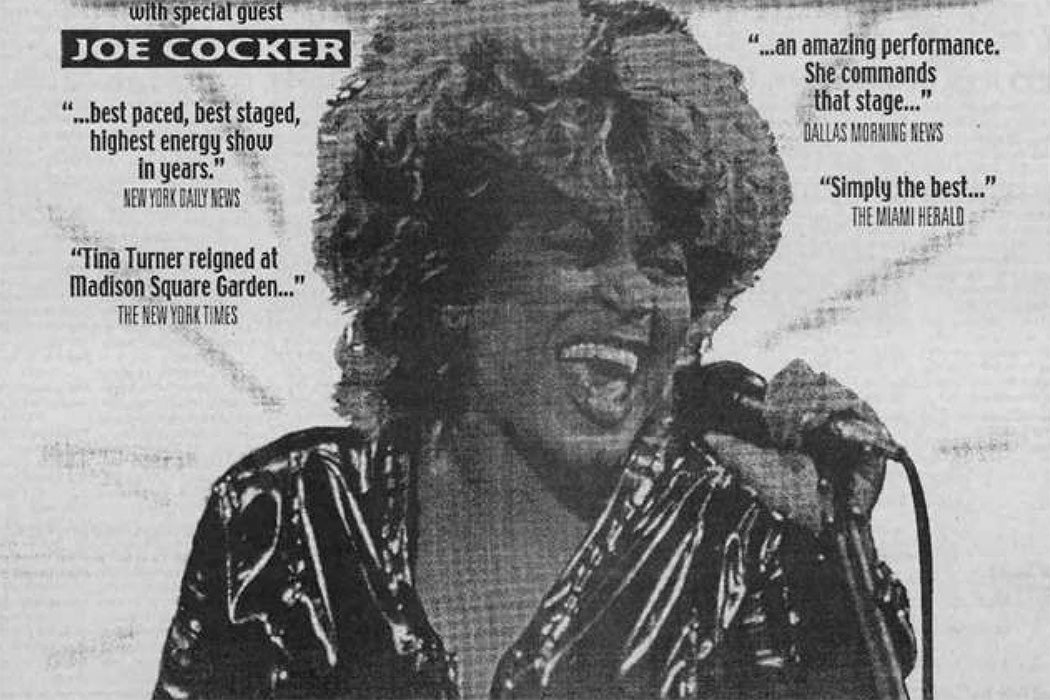For singers—amateur and professional alike—the name Tina Turner evokes instant reverence: Turner is a singer’s singer and perhaps the performer’s performer.
A highly successful songwriter, the consummate dancer, and fittingly ranked as one of the 100 Greatest Artists of All Time by Rolling Stone magazine, Turner was the ultimate entertainer.
Upon hearing of her death, I was deeply saddened. I immediately recalled the intoxicating power and timbre of her voice, her mesmerizing energy and her commanding performances.
I started singing sections of songs such as “Proud Mary,” “River Deep Mountain High,” and of course iconic original songs, such as “Nutbush City Limits.” This was an intimate, sentimental, nostalgic and danceable song celebrating Turner’s roots growing up in the small town of Nutbush, Tennessee.
Fierce hard work
My first encounter with Turner’s brilliance and might was hearing her hits of the mid-1980s, with songs like Graham Lyle’s “What’s Love Got To Do With It,” Al Green’s “Let’s Stay Together” and—love it or hate it—the powerful rock ballad “We Don’t Need Another Hero,” the theme song to Mad Max: Beyond Thunderdome.
Once introduced, I immersed myself in her extensive back catalogue, soaking in her early 1960s soul, funk, and emerging rock tracks.
Today, I flashed back to memories of the physical energy and technical focus and practice it took just attempting to sing any Turner songs in my 20s.
The degree of difficulty required to perform as Turner did cannot be understated.
To sing with such consistency in such high registers, belting out song after song live with impeccable pitch, breath control, fitness, articulation and rhythmic precision is one thing. To do all of this while dancing with intense pace to highly choreographed routines throughout each show is on a whole other level.
Her performance practice exemplified fierce hard work—with an immense energy and vitality in live performance.
Try singing any of her songs at a Karaoke bar. Very quickly you gain some insight into the technical demands her songs require.
Making songs her own
For every singer, selecting a repertoire to cover is an ongoing quest.
In a sea of the world’s great songs, Turner selected songs she could make her own. She remodelled every song she sang—realigning them so much that we now think of them as hers first.
There are so many examples. My favorites are Turner’s formidable versions of “I Can’t Stand the Rain” (originally by Ann Peebles), “The Best” (Bonnie Tyler), and “Private Dancer” (Mark Knopfler).
A great deal of the songs Turner was known for through the 1960s were covers. Turner’s forceful and expressive vocal delivery gave new life to these songs, realigning them with her uniquely identifiable sound and choice of vocal register, her phrasing choices and her punctuated rhythmic delivery.
Turner is perhaps less known as a songwriter, but her diverse songwriting demonstrated her skill and thoughtful, well-crafted lyrics. On her 1972 album Feel Good, nine of the ten songs were written by Turner. From 1973 to 1977, Turner composed all the songs on each album.
One of my favorites of her original songs is the power ballad “Be Tender With Me Baby.” It speaks of a request for understanding, of her loneliness and vulnerability, sung with Turner’s intensity.
Across her original songs and covers, Turner’s repertoire spoke of empowerment, individual strength, and the many facets of love. Beyond performing, Turner represented inner strength, spiritual depth, and resilience against adversity.
In 1996, when Turner was fifty-seven, she recorded her ninth studio album, Wildest Dreams.
One track, “Something Beautiful Remains,” may not be as familiar as many of her other hits, but it is the song I have kept returning to today. In the chorus, Turner’s lyrics are sadly perfectly fitting:
For every life that fades
Something beautiful remains.
This article is republished from The Conversation under a Creative Commons license. Read the original article.








